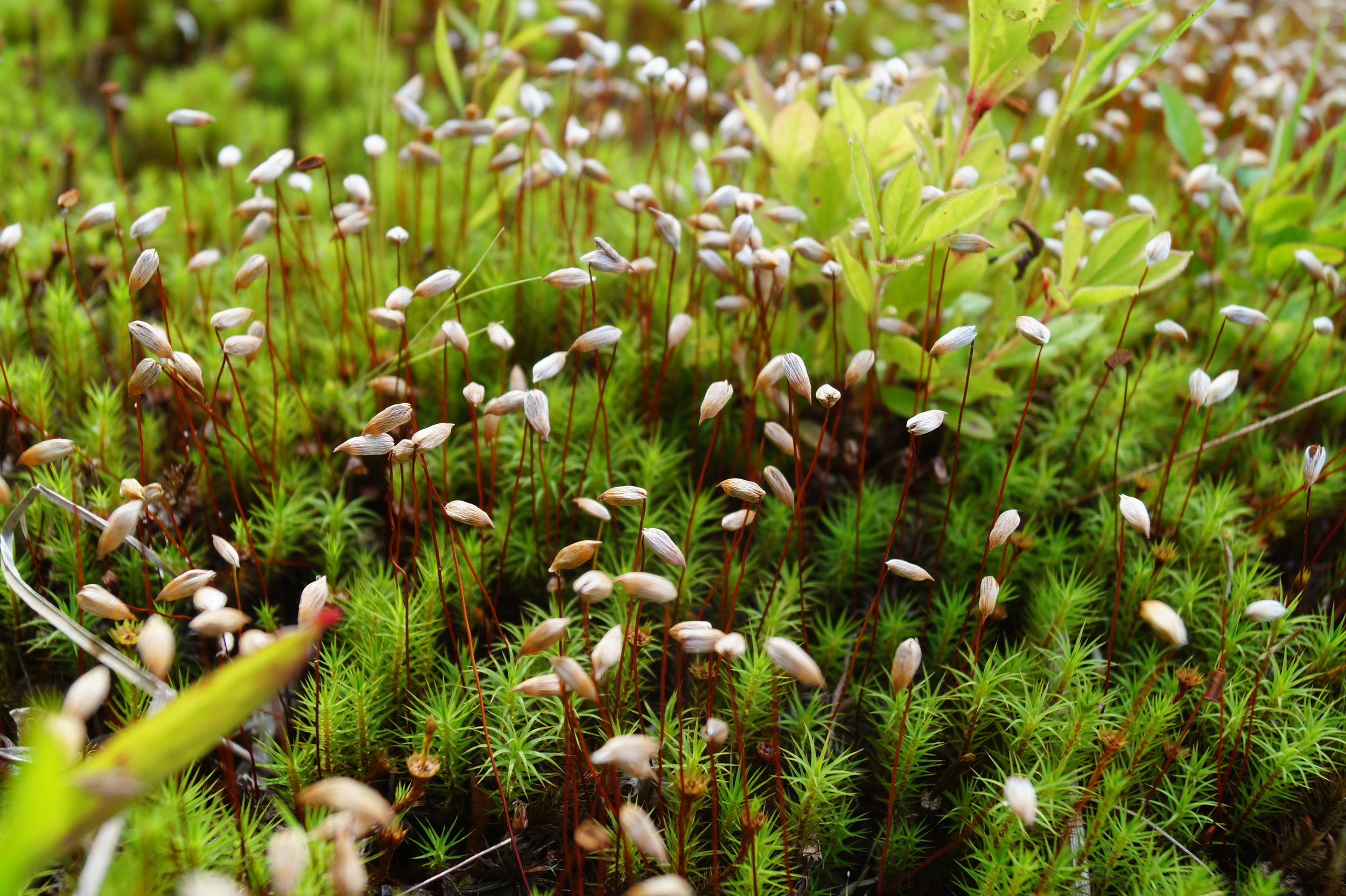Comprehensive Ecological Restoration: renaturalizing retired cranberry farmland
In their 2004 Primer, the Society of Ecological Restoration provided this definition:
Ecological restoration is the process of assisting the recovery of an ecosystem that has been degraded, damaged, or destroyed.
Wetland Restoration of low-lying retired cranberry farmland in Southeastern Massachusetts provides a rare opportunity to regenerate coastal resilience and recapture adaptable coastal habitats at a time where the impacts of climate change and sea-level rise are increasingly being recognized.
What we’ve accomplished:
Ecological restoration of cranberry farms was pioneered with the Eel River Headwaters Restoration in 2010. The Tidmarsh Farms Wetland Restoration, the largest freshwater wetland restoration in Massachusetts, followed in 2016. The Tidmarsh Restoration provided the launching ground for the Living Observatory in 2011, a collaborative of researchers, artists, and restoration practitioners who are learning together through measuring and sharing the Arc of Change through science, practice, and the arts. From 2018-2020, restorations at the Coonamessett River and the Childs River, both in Falmouth, and Foothills Preserve, the western farm of the Tidmarsh Farms complex in Plymouth were completed.
Where do we go from here?
Today, there are approximately 13,250 acres of cranberry farms in production in Massachusetts; most of these farms are situated in Southeastern Massachusetts within a few miles of the ocean. Falling prices, development pressures, risks associated with climate change, new technologies and other other factors have led many farmers to consider alternatives uses for their land. The scale of farmers looking for exit strategies led the 2016 Massachusetts Cranberry Revitalization Task Force Final Report to provide a recommendation for a "green exit" strategy involving conservation and restoration. Meanwhile in 2019, the Massachusetts Division of Ecological Restoration (DER) initiated a Cranberry Bog Program in partnership with the USDA Natural Resources Conservation Service (NRCS) and the Cape Cod Cranberry Growers Association. DER now lists 21 Priority Restoration Projects.
As new projects come on line, the remit of the Living Observatory is expanding as we collectively seek to document ecological benefits associated the wetland restoration of cranberry farms, including: increased land for water storage, improved water quality, carbon storage and the development of wetland soils, increase in native wildlife and flora, and increased open space for public enjoyment and learning.
Arc of Change Projects related to these restorations can be followed here.

